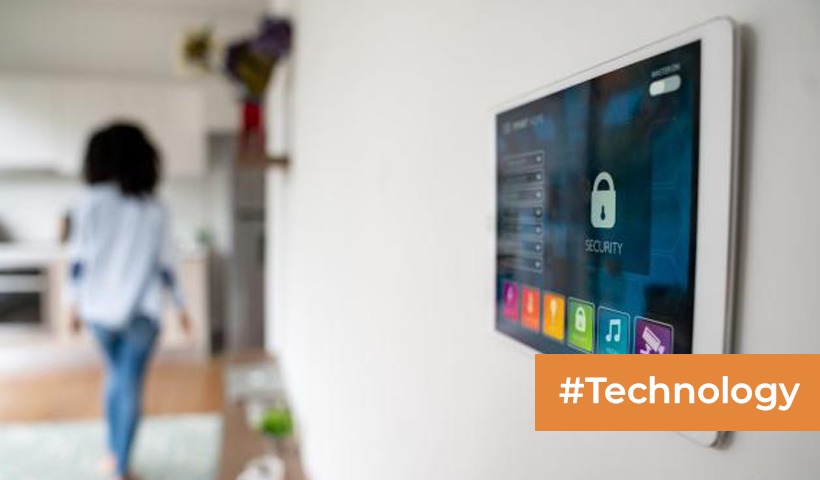Harnessing the Sun’s Energy: How to Make a Solar Cooker!
In an era when sustainability and eco-friendly practices are gaining importance, harnessing the power of the sun to cook your meals is an ingenious way to reduce your carbon footprint and save on energy costs. Solar cookers are simple yet effective devices that use sunlight to heat and cook food. In this blog, we’ll guide you through the process of making a DIY solar cooker to prepare delicious meals while minimizing your environmental impact.
Materials You’ll Need:
Before you start building your solar cooker, gather these materials:
- Cardboard box with a lid: Choose a box that is large enough to accommodate your cooking pots and pans.
- Aluminum foil: To reflect and concentrate sunlight.
- Clear plastic or glass lid: To trap heat and create a greenhouse effect.
- Black paint or black construction paper: To absorb heat.
- Ruler, pencil, and scissors: For measurements and cutting.
- Box cutter or utility knife: To cut openings in the box.
- Tape or glue: To secure materials in place.
Step-by-Step Instructions:
1. Choose the Right Box:
Select a cardboard box with a lid that is large enough to accommodate the cooking pots and pans you plan to use. The box should be sturdy and have no holes or gaps.
2. Cut Openings:
Cut an opening on the top side of the box, leaving a border of about 2 inches. This opening will serve as the cooking area. Make sure the lid can still close over this opening.
3. Line the Box with Aluminum Foil:
Line the interior of the box with aluminum foil. Use tape or glue to secure it in place. The foil will help reflect and concentrate sunlight into the cooking area.
4. Create a Reflective Panel:
On the inside of the box’s lid, attach a piece of cardboard covered with aluminum foil at an angle. This will act as a reflector, directing sunlight into the cooking area.
5. Paint the Interior Black:
Paint the interior surfaces of the cooking area with black paint or cover them with black construction paper. The black color will absorb heat, increasing the temperature inside the cooker.
6. Add a Transparent Lid:
Attach a clear plastic or glass lid to the top of the box. This lid will allow sunlight to enter the cooker while trapping heat inside, creating a greenhouse effect.
7. Test Your Solar Cooker:
Place your solar cooker in direct sunlight and align it so that the reflector directs sunlight into the cooking area. Use a thermometer to monitor the temperature inside the cooker. Solar cookers can reach temperatures of 200°F (93°C) or more on a sunny day.
8. Start Cooking:
Once your solar cooker reaches the desired temperature, place your cooking pots or pans inside. Depending on the design and weather conditions, cooking times may vary, but solar cookers are excellent for slow cooking, baking, and simmering.
9. Monitor and Adjust:
Periodically check your cooker to ensure it is still aligned with the sun’s position. You can adjust the angle of the reflector to maximize sunlight absorption.
10. Enjoy Your Solar-Cooked Meal:
Once your food is done cooking, carefully remove it from the solar cooker and savor a delicious, sun-powered meal.
Conclusion
Building a solar cooker is an eco-friendly and sustainable way to harness the sun’s energy for cooking. Whether you’re camping, reducing your carbon footprint, or simply experimenting with renewable energy, a homemade solar cooker can be a fun and practical addition to your kitchen. So, roll up your sleeves, gather your materials, and start cooking with the power of the sun!
Disclaimer: The views expressed above are for informational purposes only based on industry reports and related news stories. PropertyPistol does not guarantee the accuracy, completeness, or reliability of the information and shall not be held responsible for any action taken based on the published information




